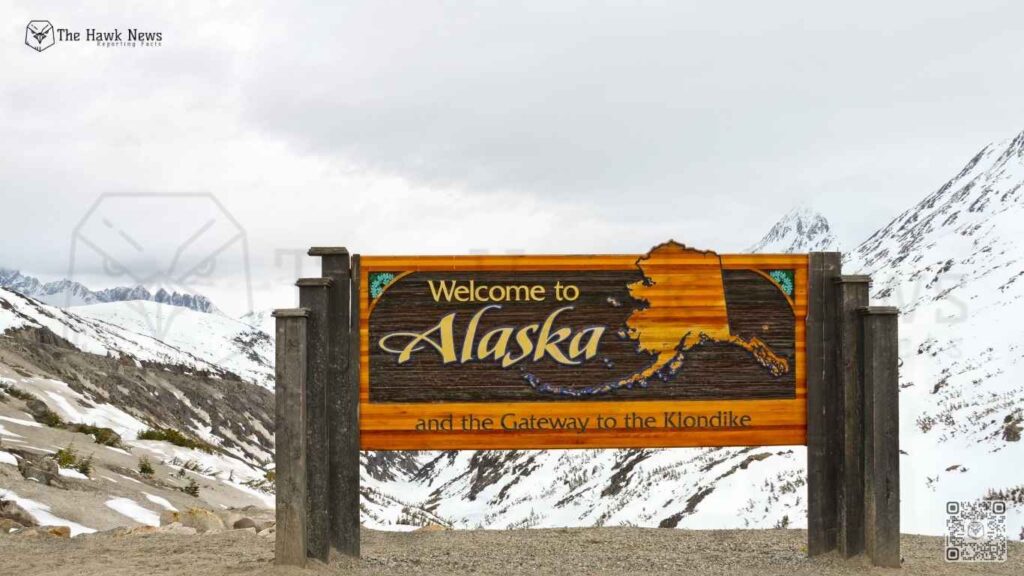
Introduction
Alaska, often called “The Last Frontier,” is a realm of unparalleled beauty and biodiversity. From the majestic Denali, North America’s highest peak, to the serene waters of Glacier Bay National Park, Alaska’s landscapes offer a haven for both wildlife and adventure enthusiasts. This vast expanse of wilderness is more than a scenic treasure; it’s a vital ecosystem that supports countless species and plays a crucial role in maintaining the planet’s ecological balance. However, with increasing environmental pressures, preserving Alaska’s unique habitats has become more critical than ever.
Denali: The Crown Jewel of Alaska
Denali National Park and Preserve is a symbol of Alaska’s rugged beauty. Spanning over six million acres, it is home to diverse terrains, ranging from taiga forests to tundra landscapes. Denali, the towering peak formerly known as Mount McKinley, stands as a beacon for climbers and nature lovers worldwide.
Wildlife thrives here, with grizzly bears, moose, caribou, and Dall sheep roaming freely. Birds such as the golden eagle and the willow ptarmigan add to the park’s rich avian population. Visitors often embark on hiking expeditions or bus tours to witness the untamed beauty of Denali, but the park’s conservation efforts are equally noteworthy. Strict guidelines and monitoring ensure minimal human impact, preserving this natural wonder for future generations.
Glacier Bay National Park: A Marine Paradise
Situated in southeastern Alaska, Glacier Bay National Park and Preserve is a UNESCO World Heritage Site celebrated for its breathtaking fjords, glaciers, and marine biodiversity. This park is a sanctuary for humpback whales, sea otters, seals, and puffins, among other species. The retreating glaciers here serve as a stark reminder of climate change, with scientists using the park as a natural laboratory to study environmental shifts.
Visitors to Glacier Bay often embark on cruises or kayak tours to experience its awe-inspiring landscapes. The park’s efforts to balance tourism with conservation are commendable. Initiatives like controlled visitor numbers and strict waste management protocols help mitigate human impact, ensuring the marine ecosystems remain vibrant and healthy.
Biodiversity: Alaska’s Rich Tapestry of Life
Alaska’s ecosystems are incredibly diverse, ranging from coastal rainforests to Arctic tundra. This diversity supports an astonishing array of wildlife. The state is home to iconic species like the bald eagle, Alaskan malamute, and the elusive lynx. Its waters teem with salmon, a species central to both the ecosystem and the culture of many indigenous communities.
The Arctic National Wildlife Refuge (ANWR), located in northeastern Alaska, exemplifies this biodiversity. It spans 19.6 million acres and supports species like polar bears, muskoxen, and migratory birds. ANWR’s ecological importance cannot be overstated; it’s a breeding ground for various species and a crucial part of the global climate system.
Conservation Efforts and Challenges
Despite its pristine appearance, Alaska faces numerous environmental challenges. Climate change is perhaps the most pressing issue, with rising temperatures causing glaciers to melt and permafrost to thaw. This not only alters the landscape but also threatens the habitats of many species.
Human activities like mining, oil exploration, and logging further exacerbate these threats. Projects like the controversial Pebble Mine near Bristol Bay have raised concerns about potential harm to salmon populations and water quality.
Fortunately, conservation efforts are robust. Organizations like the Alaska Conservation Foundation and the National Park Service work tirelessly to protect Alaska’s ecosystems. Community-led initiatives also play a significant role. Indigenous groups, deeply connected to the land, are at the forefront of advocating for sustainable practices and habitat preservation.
The Role of Indigenous Communities
Alaska’s indigenous peoples, including the Inupiaq, Tlingit, and Yupik, have lived harmoniously with nature for thousands of years. Their traditional knowledge and sustainable practices offer valuable insights into ecosystem management. From fishing techniques that preserve salmon populations to storytelling that instills respect for wildlife, indigenous practices align closely with modern conservation principles.
Collaborations between indigenous groups and conservation organizations have proven successful. Programs that integrate traditional ecological knowledge into wildlife management are helping bridge the gap between cultural heritage and scientific research.
The Importance of Ecotourism
Tourism is a double-edged sword for Alaska. While it brings economic benefits and raises awareness about the state’s natural beauty, it also poses risks to delicate ecosystems. The rise of ecotourism aims to mitigate these risks by promoting responsible travel practices.
Tour operators increasingly emphasize low-impact activities, such as wildlife photography, hiking, and kayaking, while educating visitors about conservation. Ecotourism not only enriches the visitor experience but also generates funds for environmental initiatives, creating a cycle of sustainability.
Looking Ahead: Preserving the Last Frontier
Alaska’s future depends on a delicate balance between development and conservation. Policies that prioritize renewable energy, regulate resource extraction, and promote sustainable tourism are essential. Public awareness and education also play a crucial role in fostering a culture of environmental stewardship.
Climate change, while a significant challenge, also presents an opportunity for innovation. Renewable energy projects, such as wind farms and hydropower, are gaining traction in Alaska, reducing dependence on fossil fuels. These initiatives not only benefit the environment but also create economic opportunities for local communities.
Conclusion
Alaska’s untamed wilderness and unique ecosystems are treasures that belong to the world. As the Last Frontier faces mounting environmental pressures, the call to action is clear. Preserving this natural wonder requires collective effort—from policymakers and conservationists to indigenous communities and everyday citizens.
By valuing and protecting Alaska’s landscapes, we ensure that its beauty and biodiversity endure for generations to come. In doing so, we not only safeguard a vital part of our planet but also honor the spirit of exploration and respect that defines Alaska as the Last Frontier.